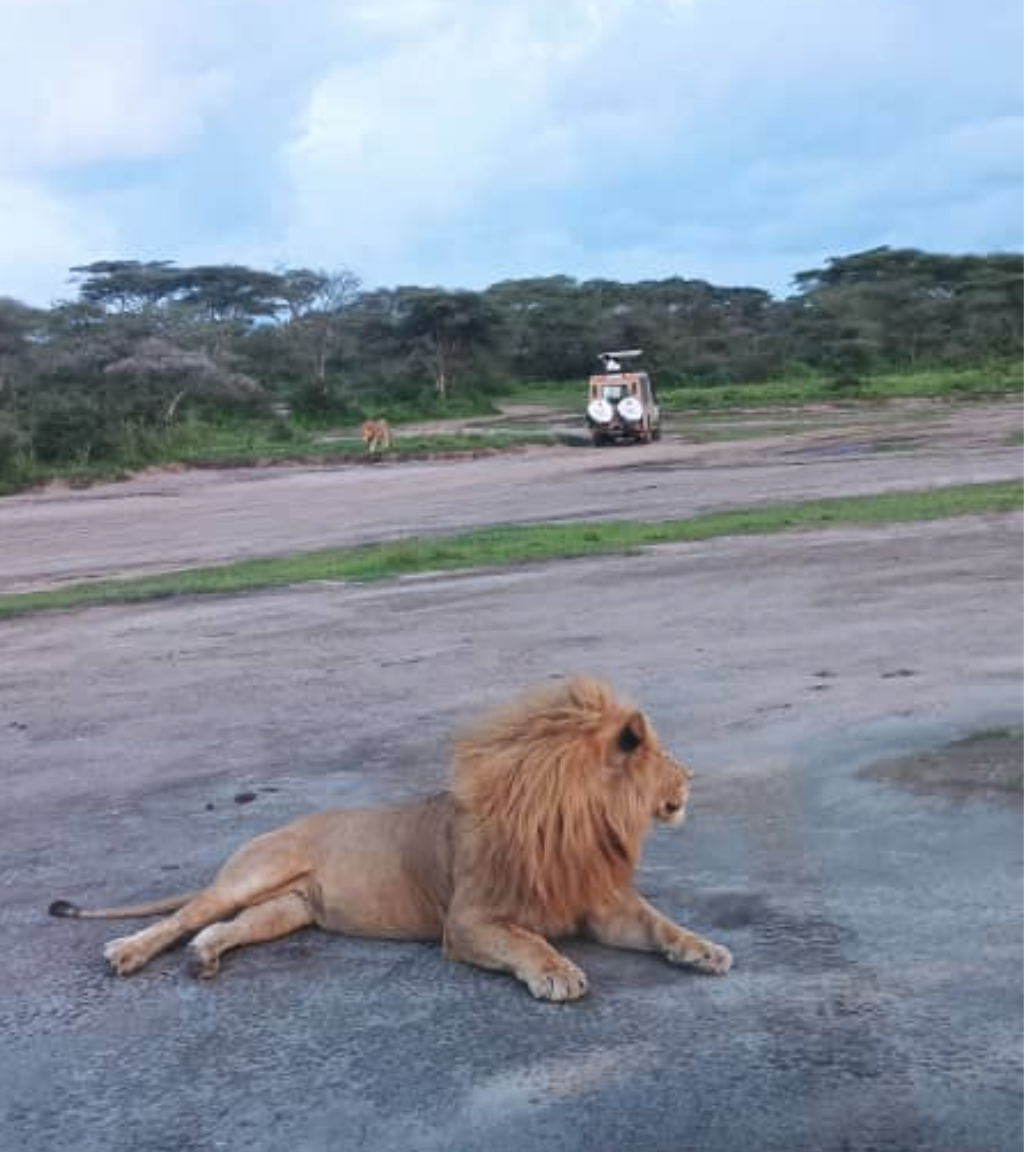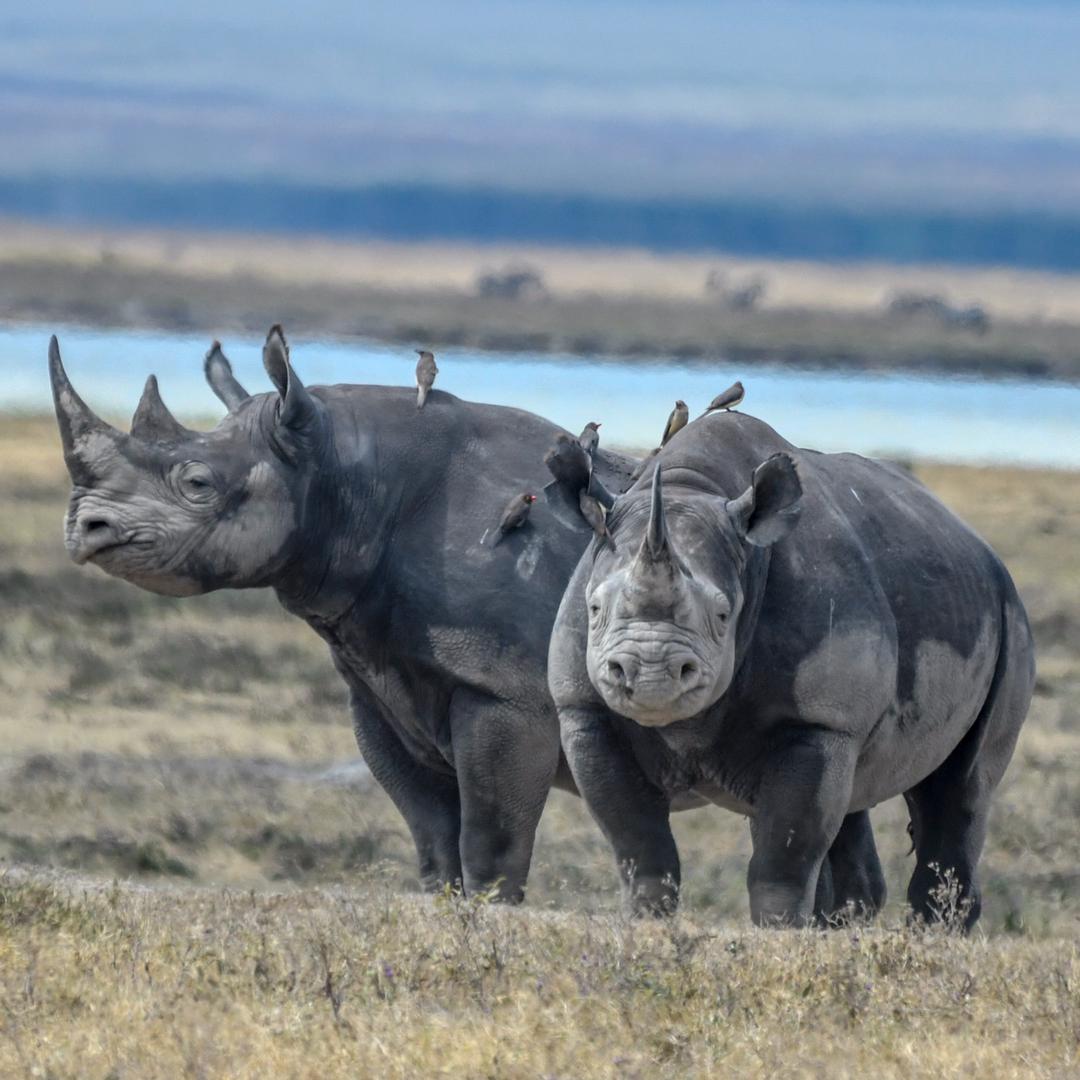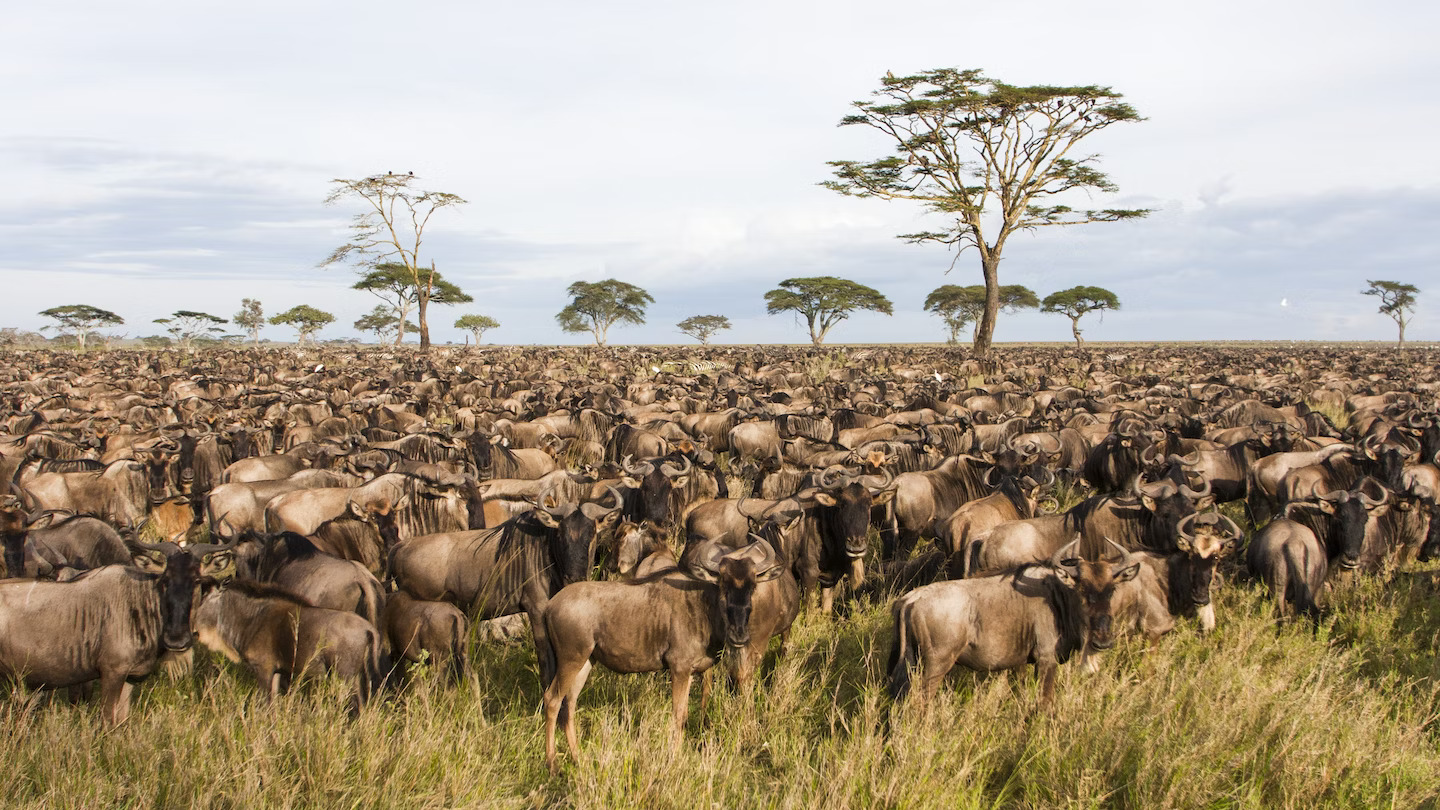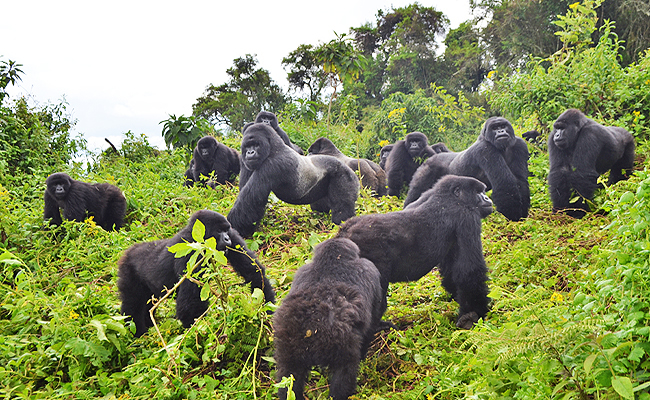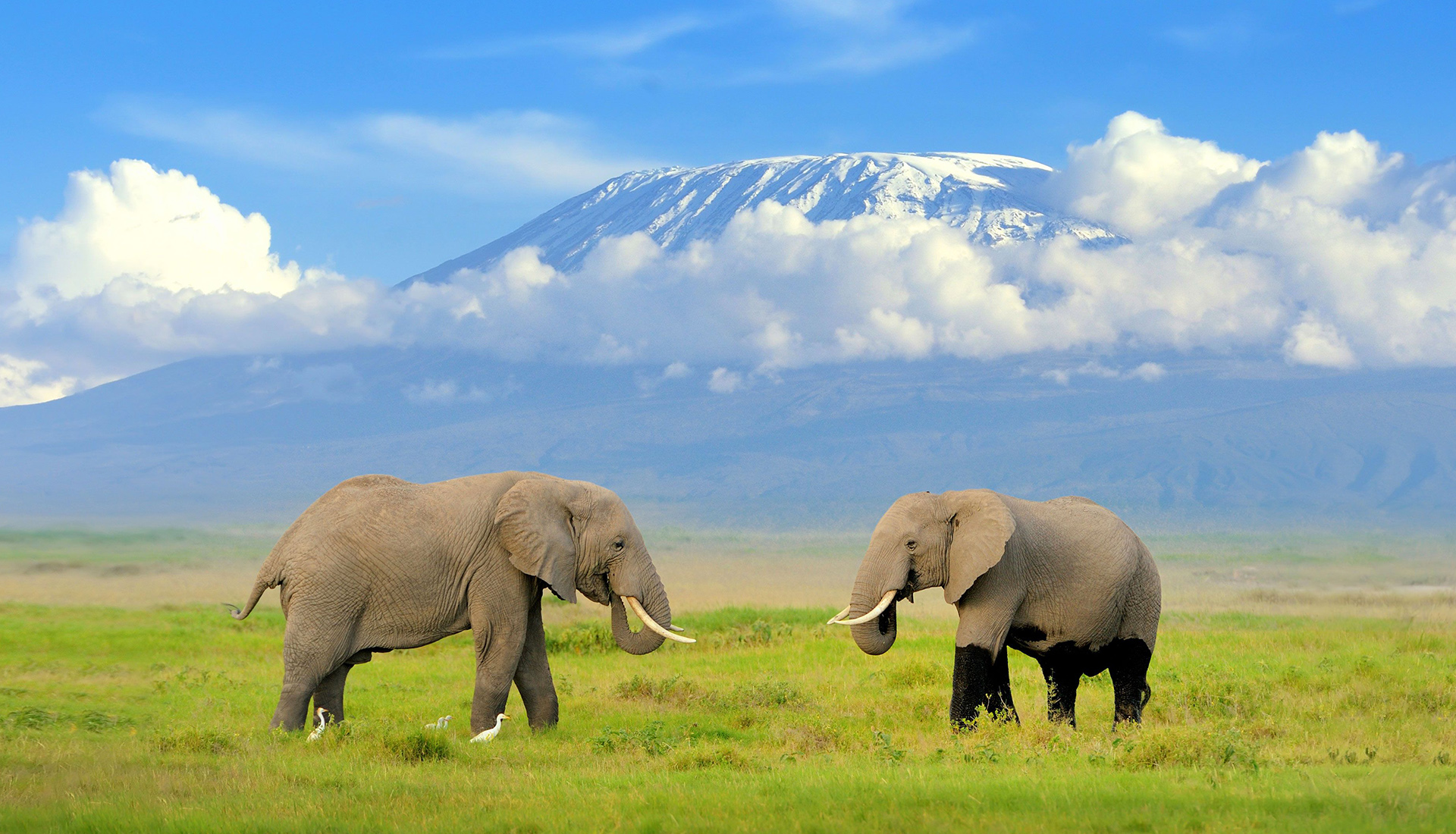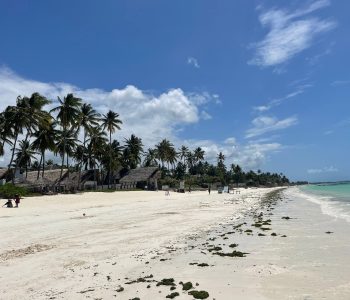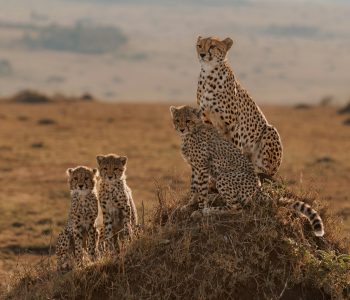


Why book with Africa Big Beast Safari?
Ultimate flexibility
You’re in control, with free cancellation and payment options to satisfy any plan or budget.
Memorable experiences
Browse and book tours and activities so incredible, you’ll want to tell your friends.
Quality at our core
High quality standards. Dozens of happy clients and high quality services.
Award winning support
New price? New plan? No problem. We’re here to help, 24/7.
Best Places to Go in Africa for Safaris and Holiday
Tanzania is one of Africa's classic safari destinations, most famous for the great wildebeest migration where a herd of some two million wildebeest, zebra and gazelle make their epic annual journey—with numerous predators hot on their heels.
Our Best Seller & Popular Tanzania Safaris
Apart from our extensive local knowledge of Tanzania safaris and tour logistics that help create unforgettable African vacations, we extend our well-earned safari planning expertise to Kenya, Rwanda and Uganda while jealously protecting our unique promise of sustainable holidays and community involvement.
Safe, Affordable, Unforgettable Africa Safaris
At Africa Big Beast Safari, our passion lies in creating profound connections—with the captivating wildlife, the enchanting land, and the vibrant people of Tanzania.
- Lot of choises
- Easy booking
- Best tour guide
- Accomodation
We make it easier for everyone to explore the East Africa
Top Trending Safari and Tours This 2024 Year
How we can help your journey
Find your travel destination
Find your travel destination, because we have covered all regions in the wold
Book a ticket
After you find the trip you want to go to, you can directly order the ticket.
Pay and go to destination
After you pay you can immediately enjoy the trip to the destination.
Challenge yourself to reach Roof of Africa with our all-inclusive climbing tours.
Exceptional Safari Partners






Travel tips and advice


Discover the Magic of Kenya: A Guide to the Ultimate Safari Adventure
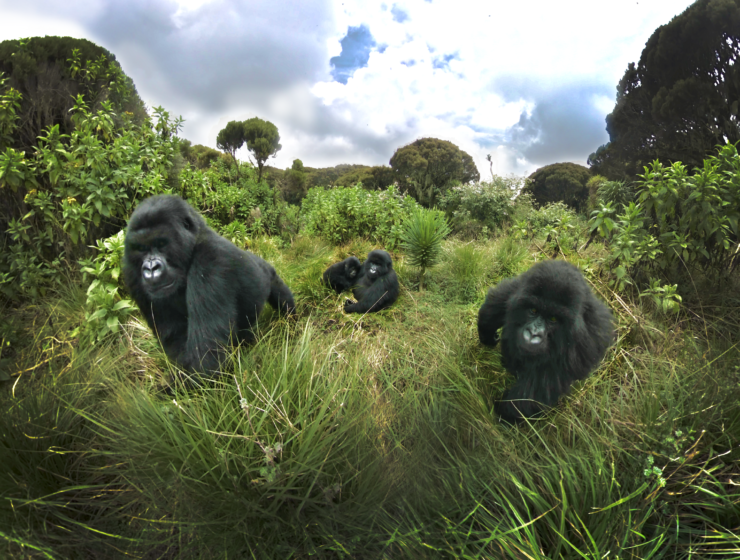
Gorilla Trekking in East Africa: An Unforgettable Safari Adventure
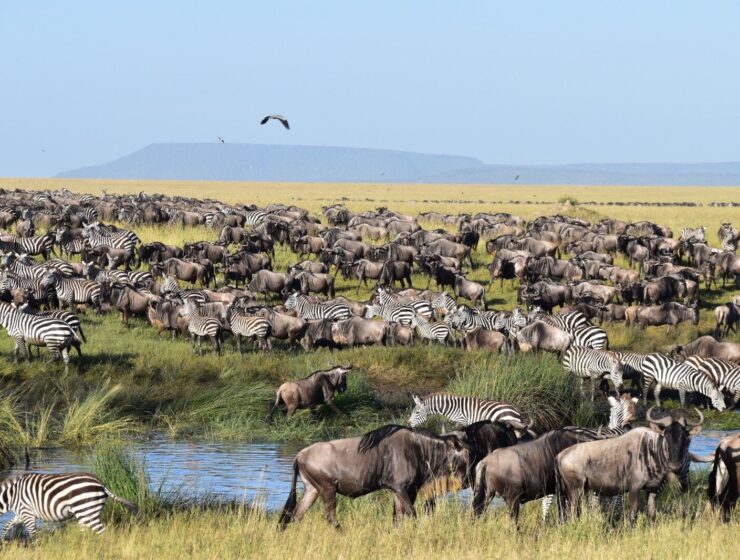
Exploring the Heart of East Africa: The Best Safari Destinations in Kenya and Tanzania
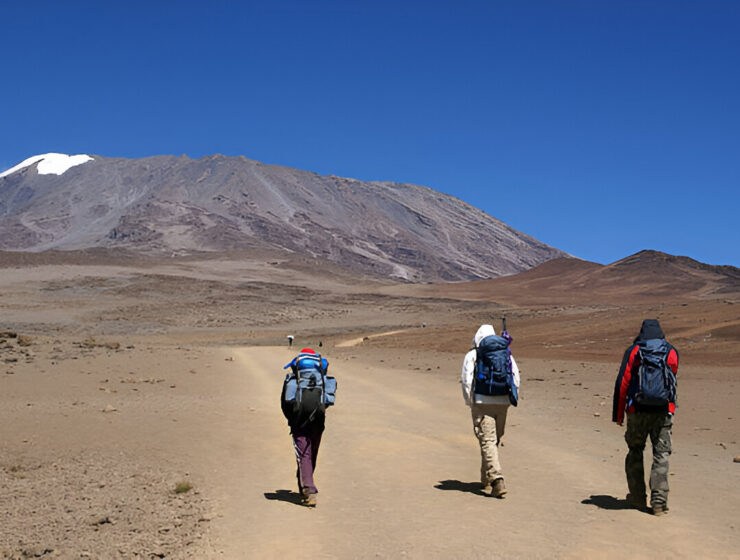
Kilimanjaro Safari: Exploring Tanzania’s Wild Side Beneath the Majestic Peak



